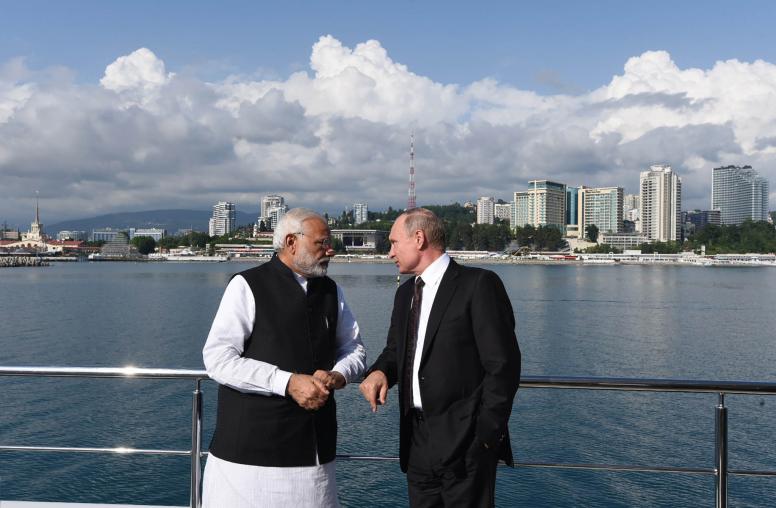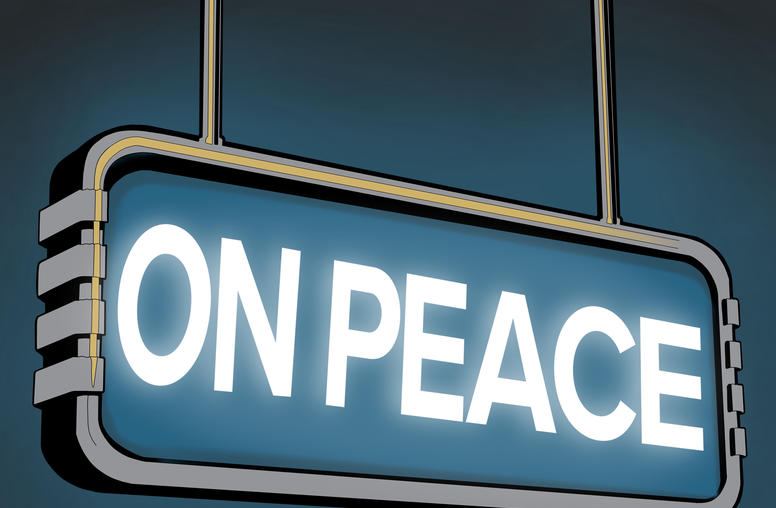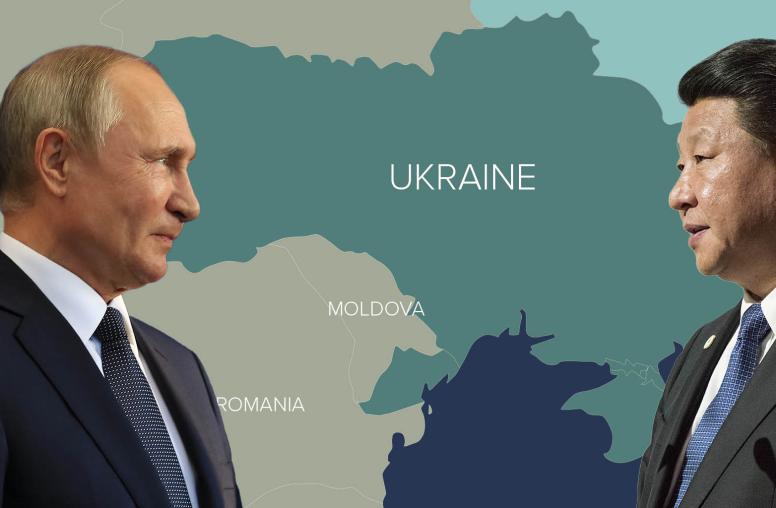On the Issues: the New START
Ambassador Jayantha Dhanapala explains the significance of the new Strategic Arms Reduction Treaty (START), as signed by U.S. President Barack Obama and Russian President Dmitry Medvedev on April 8, 2010.
Posted: April 8, 2010
Ambassador Jayantha Dhanapala explains the significance of the new Strategic Arms Reduction Treaty (START), as signed by U.S. President Barack Obama and Russian President Dmitry Medvedev on April 8, 2010.
- What is the significance of the breakthrough between Russia and the United States regarding nuclear arsenals? What does this mean more broadly for nonproliferation efforts?
- Is there any significance in the timing of this deal?
What is the significance of the breakthrough between Russia and the United States regarding nuclear arsenals? What does this mean more broadly for nonproliferation efforts?
The long awaited and successful conclusion of the nuclear arms control treaty negotiations between the U.S. and the Russian Federation - which together have 95 percent of the nuclear weapons in the world - must surely be welcomed.
It is a return to traditional arms control (replacing the 1991 treaty signed by President George H.W. Bush and President Mikhail Gorbachev) with a seriously negotiated three-tiered treaty and not by a perfunctory “handshake” as preferred by the previous U.S. administration.
It envisages actual reductions over a seven-year period estimated at 30 percent of deployed warheads; it represents a breakthrough by counting warheads and not missile launchers; it contains confidence-building measures by sharing telemetry or information technology data and it is verifiable and irreversible -- provided the U.S. Senate and the Russian Duma ratify it.
To get a sense of the significance of this treaty, let us consider the current status of nuclear warheads.
There are a total of 23,300 nuclear warheads in the world today, according to the Stockholm Peace Research Institute (SIPRI).
Of this, the U.S. currently has 2,702 deployed warheads (2,202 of them strategic and 500 nonstrategic) while the Russian Federation has 4,834 warheads (2,787 strategic and 2047 nonstrategic).
The earlier Strategic Offensive Reduction Treaty (SORT) of 2002 envisaged limits of 1,700-2,200 deployed warheads by 2012.
The signature of this new treaty, scheduled for April 8 in Prague, and its possible ratification, lends great credibility to the vision of a nuclear weapon-free world, as articulated in President Obama’s speech in Prague last year and supported by many others in the U.S. and around the world.
It also strengthens both the nonproliferation and disarmament norms embodied in the Non-Proliferation Treaty.
It is a new and more durable “Prague Spring” - a harbinger of more nuclear disarmament treaties both bilateral and multilateral.
Is there any significance in the timing of this deal?
The signature of the Treaty in April comes just before the Washington Nuclear Security Summit which focuses on the safeguarding of nuclear materials as a non-proliferation measure as well as the Eighth Review Conference on the Nuclear Non-Proliferation Treaty (NPT) from May 3-28, 2010.
The NPT is under great strain due to the failure of the 2005 Review Conference and mutual recrimination between nuclear weapon states and non-nuclear weapon states on compliance with their respective treaty obligations. The demonstration by the two major nuclear weapon states that they are beginning to fulfill their responsibilities and commitments will increase the prospects for the success of these two important conferences.
Equally important are the U.S. Nuclear Posture Review and the upcoming NATO Strategic Concept Review reflecting a reduced salience and role for nuclear weapons in defence strategy. These should also prompt other nuclear weapon states to follow the example set by the U.S. and Russia in implementing reductions in their own arsenals.
Explore Further
- For more about USIP’s work on nuclear security, please read our news release.



